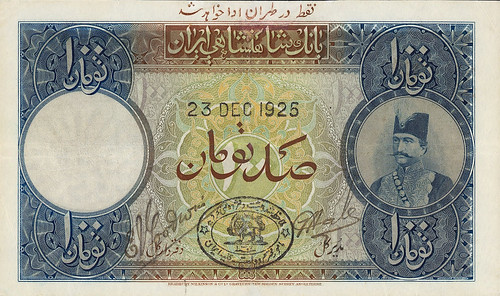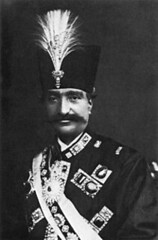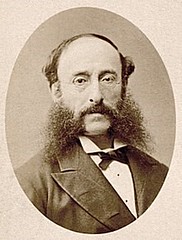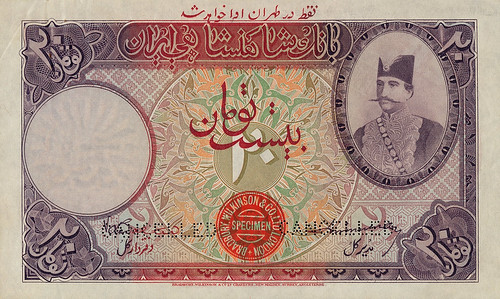
PREV ARTICLE
NEXT ARTICLE
FULL ISSUE
PREV FULL ISSUE
THE IMPERIAL BANK OF PERSIASusan Bremer published an article in the October 27, 2021 Heritage Currency News about the Imperial Bank of Persia and its banknotes. Here's an excerpt. -Editor The Imperial Bank of Persia, created with the help of two remarkable men, Naser al-Din Shah Qajar and Baron Paul Julius von Reuter, presents a tremendous story for curious numismatic collectors to explore. Before the establishment of the Imperial Bank in 1890, Persia's circulating currency consisted only of gold and silver coins. These two men, the Shah and the Baron, helped create an avenue for the development of paper currency and a banking system monopoly that lasted until 1928.
Baron de Reuter initially began negotiations with the Shah to build a railroad. Reuter's first concession agreement was signed in 1872. The concession granted him control over Persian roads, telegraphs, mills, factories, extraction of resources, and other public works. In return, the Persian government received a negotiated amount and 60% of the net revenue for 20 years. The clergy in Persia were outraged by this concession and waged a public relations war, informing the public that Reuter was the devil and would destroy their country. The agreement was alarming to both the Russian and the British governments. So troubling, in fact, that the British government refused to support it. Intense public outcry and Reuter's failure to start building his railroad within fifteen months allowed Naser al-Din the opportunity to cancel the first concession in 1873. Reuters second concession came some years after of the cancellation of the first agreement. The second concession agreement wasn't until 1889, but gave Reuter exclusive banking and mineral rights for sixty years. From its inception in 1890, the Imperial Bank was the state bank and had the sole power to issue notes. As part of the concession, the Imperial Bank was granted tax-free status for sixty years. The Imperial Bank used Naser al-Din's portrait on many of the notes that were issued.
To read the complete article, see:
Wayne Homren, Editor The Numismatic Bibliomania Society is a non-profit organization promoting numismatic literature. See our web site at coinbooks.org. To submit items for publication in The E-Sylum, write to the Editor at this address: whomren@gmail.com To subscribe go to: https://my.binhost.com/lists/listinfo/esylum All Rights Reserved. NBS Home Page Contact the NBS webmaster 
|




